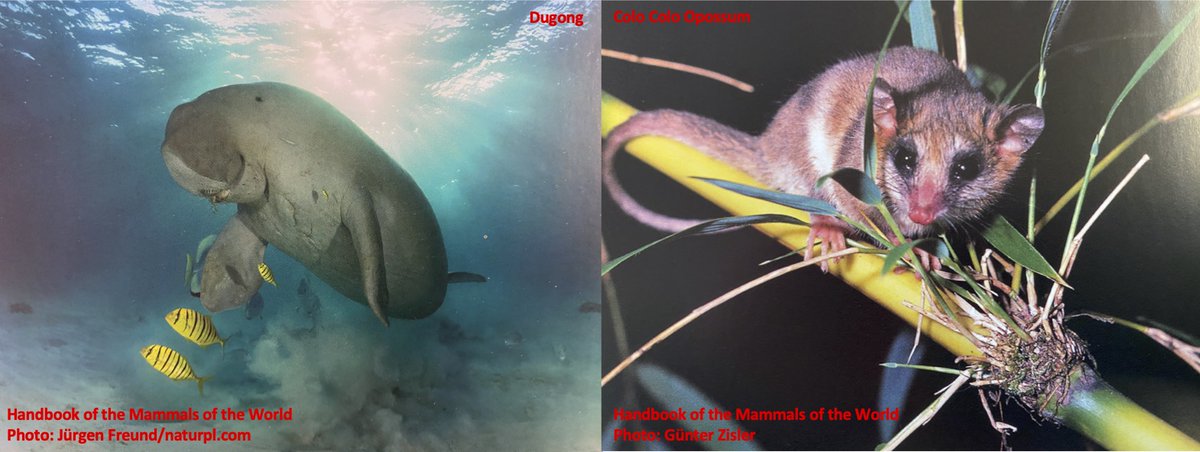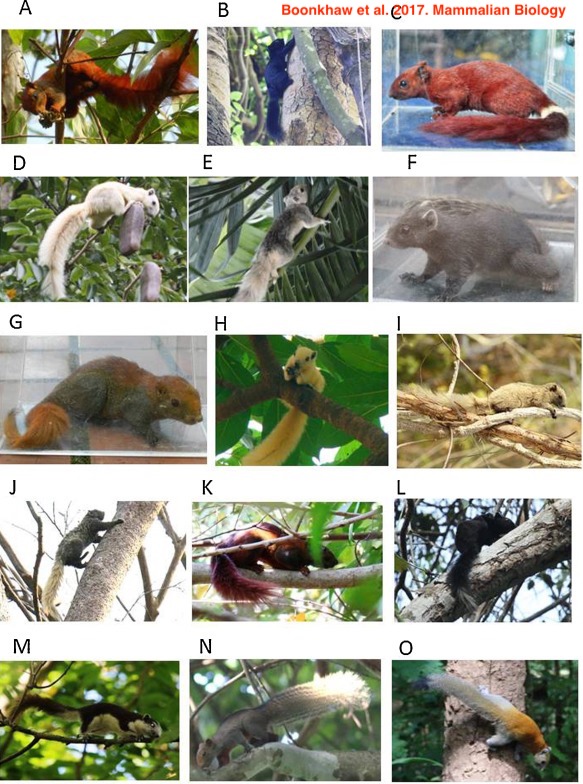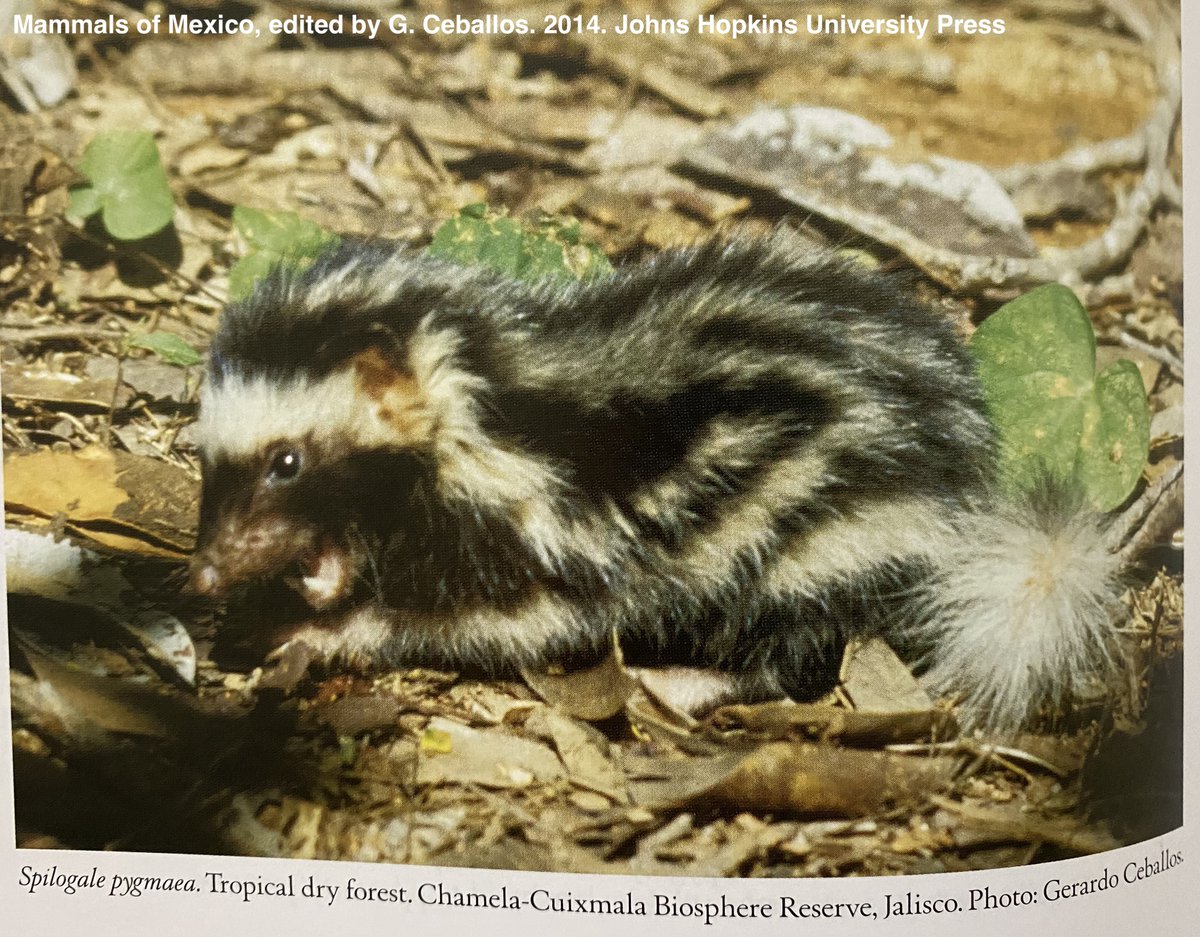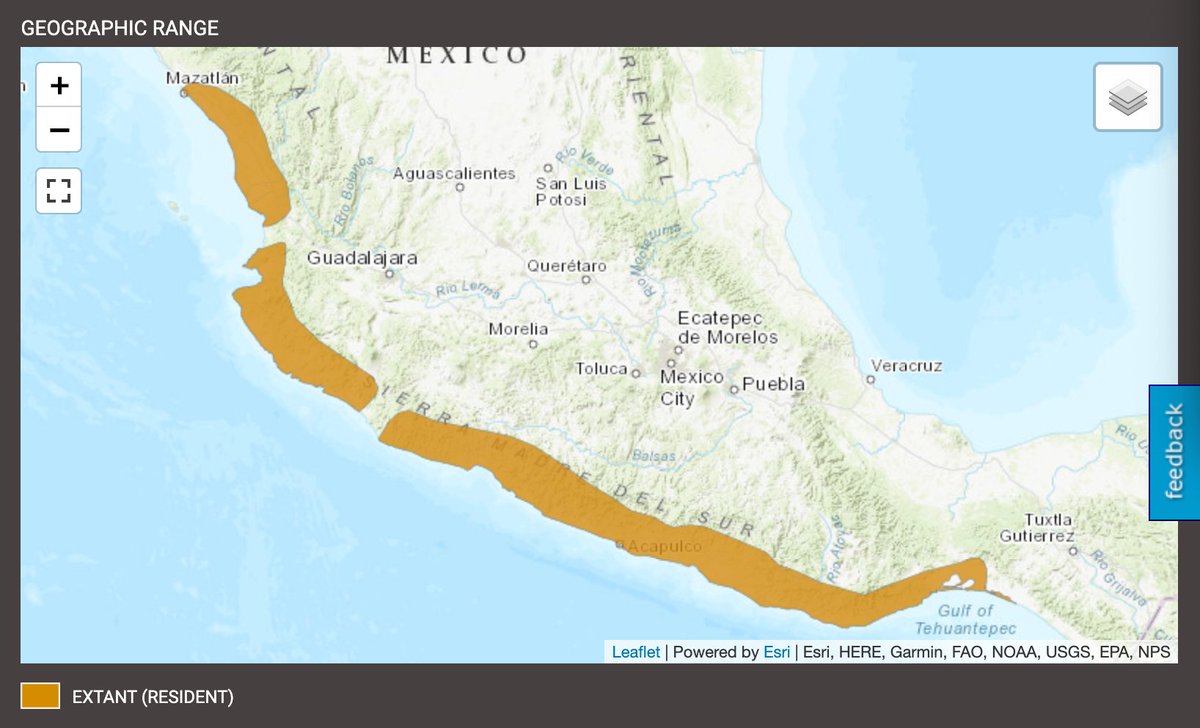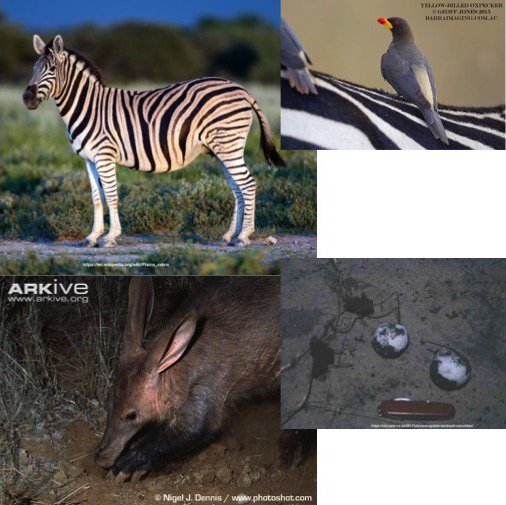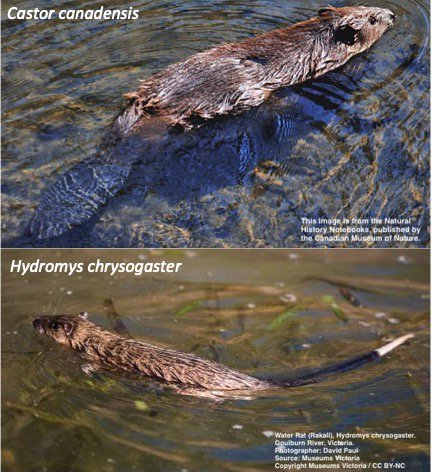
FIRST UP: No.1 seed Dugong (Dugong dugon) vs No. 8 Musk Deer (Moschus moschiferus). Teamwork battle by myself & @MarcKissel (& a great assist from @Mammals_Suck), with genetics info from @sexchrlab & @StoneLab_ASU #2021MMM 

Although our two combatants may seem really different (one being obligate aquatic in tropical, marine waters & the other terrestrial in mountain forests), they do have one thing in common......TUSKS #2021MMM 

Dugong tusks are elongated second incisors, similar to elephants (remember, Dugongs & Elephants are close relatives!). Tusks are found in all adult males (& mature females). Take a spin on @Sketchfab to have a look: sketchfab.com/3d-models/dugo… #2021MMM
Dugong & the extinct Steller Sea Cow, diverged ~28 MYA. Analysis of the enamelin gene shows positive selection in the stem dugongid branch perhaps in conjunction w/changes in the feeding apparatus including extensive tooth loss (like elephants!) sciencedirect.com/science/articl… #2021MMM 

#ActualLivingScientist Janet Lanyon (researchers.uq.edu.au/researcher/355) & colleagues have also found that Dugong tusks are used in social interactions often resulting in visible injury Burgess et al. 2013 academic.oup.com/conphys/articl… & Lanyon et al. 2021 onlinelibrary.wiley.com/doi/full/10.11… #2021MMM 

Musk deer's face looks like a kangaroo's...well except for its vampire teeth which, in males, ranges 7–10 cm in length!!!! (Sathyakumar et al 2015) #2021MMM
@Sketchfab has 3D & spinning Musk Deer skulls sketchfab.com/3d-models/musk…. In this case, the tusks are canines & males use them in social interactions to acquire mates #2021MMM
Musk Deer get their name from musk produced by males to attract mates. This musk is highly sought after:
"The small Kastura, most archaic of deer,
Were driven in herds to cram the hunters' net
And slaughtered for the musk-pods which they bear" poetrylibrary.edu.au/poets/hope-a-d… #2021MMM"
"The small Kastura, most archaic of deer,
Were driven in herds to cram the hunters' net
And slaughtered for the musk-pods which they bear" poetrylibrary.edu.au/poets/hope-a-d… #2021MMM"
Sought after musk is one reason for Musk Deer decline. Recently, the whole genome of our Musk Deer, Moschus moschiferus, was sequenced (total size of 3.1 billion base pairs, similar to humans), which will provide helpful data for conservation ncbi.nlm.nih.gov/pmc/articles/P… #2021MMM 

Dugong is in the Great Barrier Reef World Heritage Area inner reef (gbrmpa.gov.au/the-reef/herit…), not too far from shore. This is a happy place for Dugong, as recent work suggests over ~2800 fellow dugongs are found here (#s are on the rise from 2011!) Sobtzick et al 2017 #2021MMM 
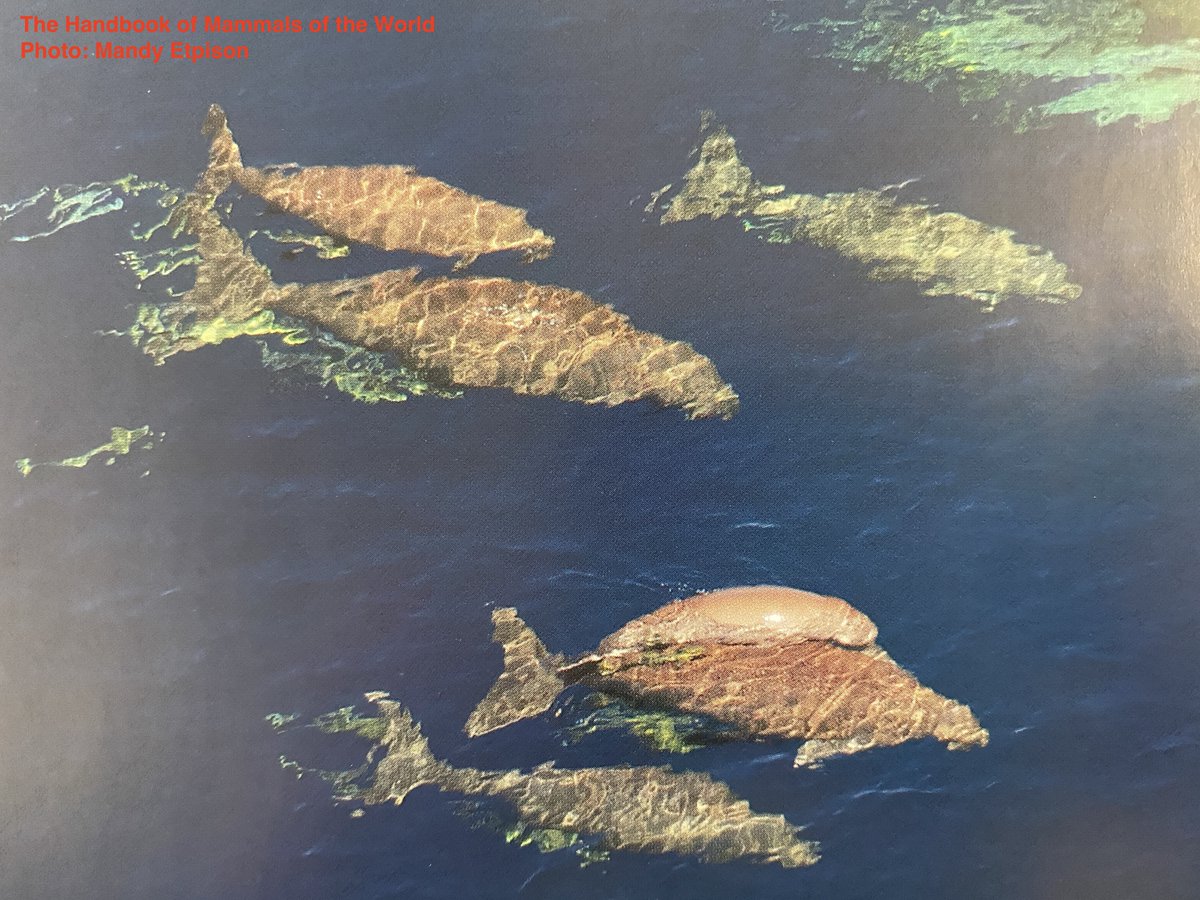
You know who is not happy? Musk deer! Musk deer have evolved long central hooves & an enlarged dewclaw to let them walk on steep ground & climb on slanted tree trunks & avoid sinking in the snow (Sathyakumar et al 2015). Watch him walk:
https://twitter.com/surenmehra/status/1270554730687680512?s=20#2021MMM
Dugong uses his trunk to scrape vegetation off the sea floor. This adaptation is helpful since sea grass is not that nutritious. Adults have to eat 70 lbs of the grass a day. Thus, "Feeding is the predominant activity of the dugong" (Husar 1978) [gif is dugong eating] #2021MMM
Dugong looks up above him, angling his tusks at the now swimming artiodacyl just above him #2021MMM
Musk Deer directs his head & tusks downwards & notices the dark, slow-moving blob just beneath him #DeathFromBelow? #2021MMM
Musk Deer decides it's best to avoid the blob & swims towards nearby land (the Daintree Rainforest, the oldest tropical rainforest in the world) through salty, SALTY-infested waters #2021MMM 
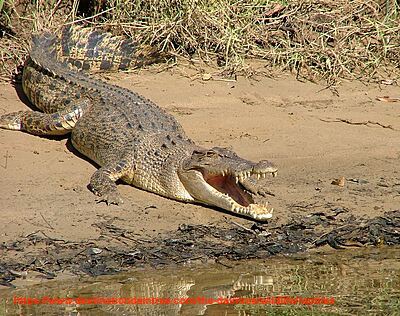
DUGONG OUTLASTS MUSK DEER #2021MMM
• • •
Missing some Tweet in this thread? You can try to
force a refresh

